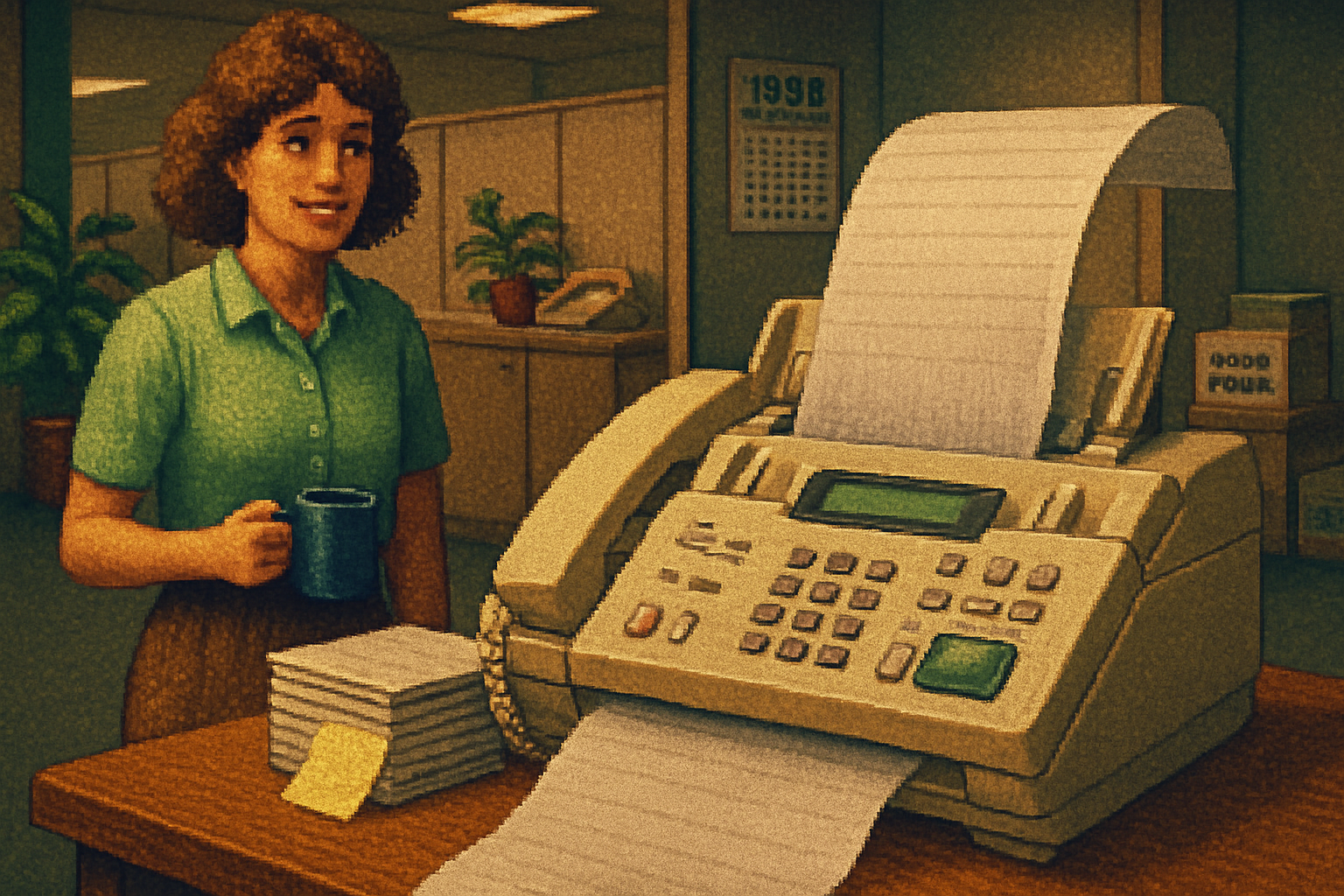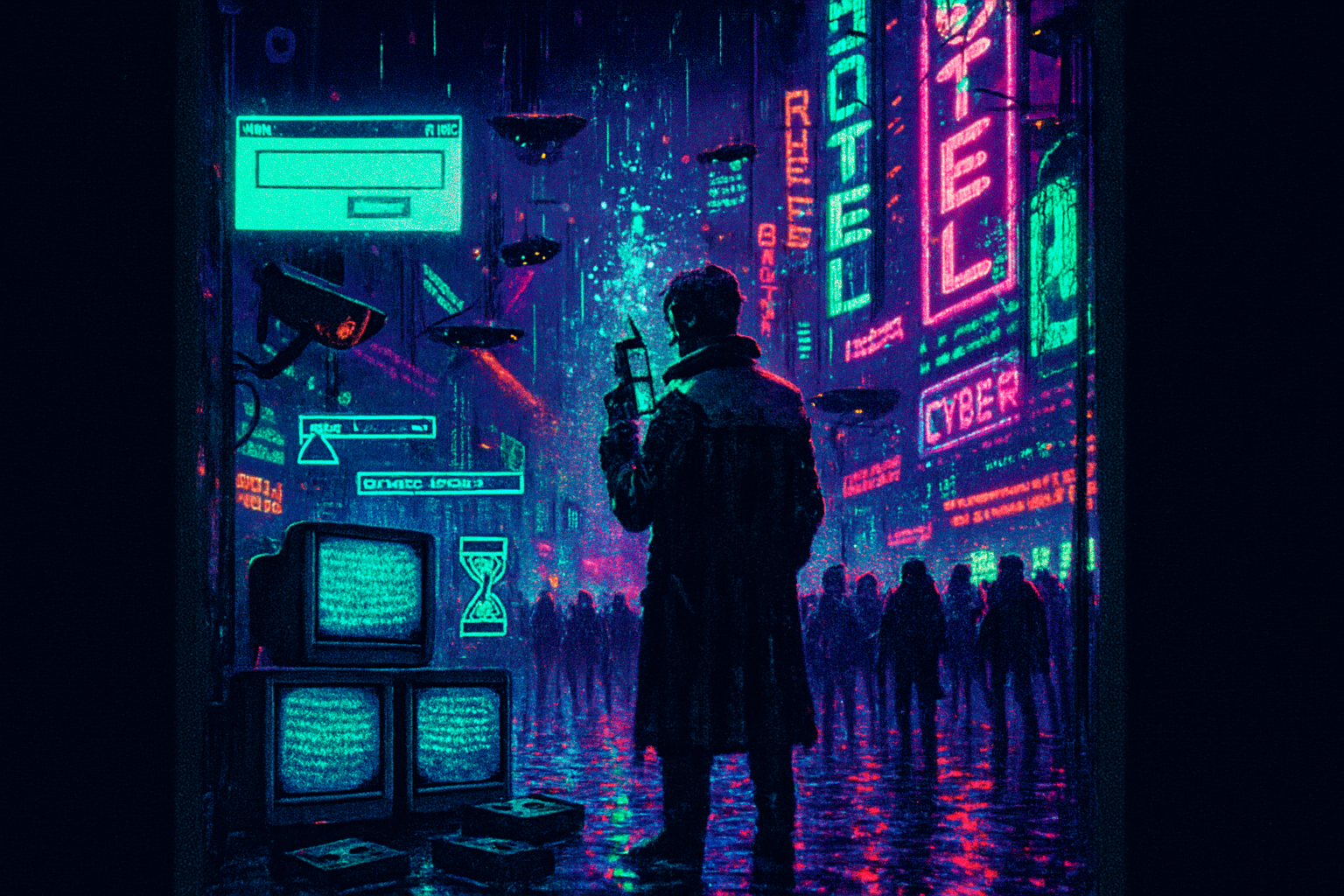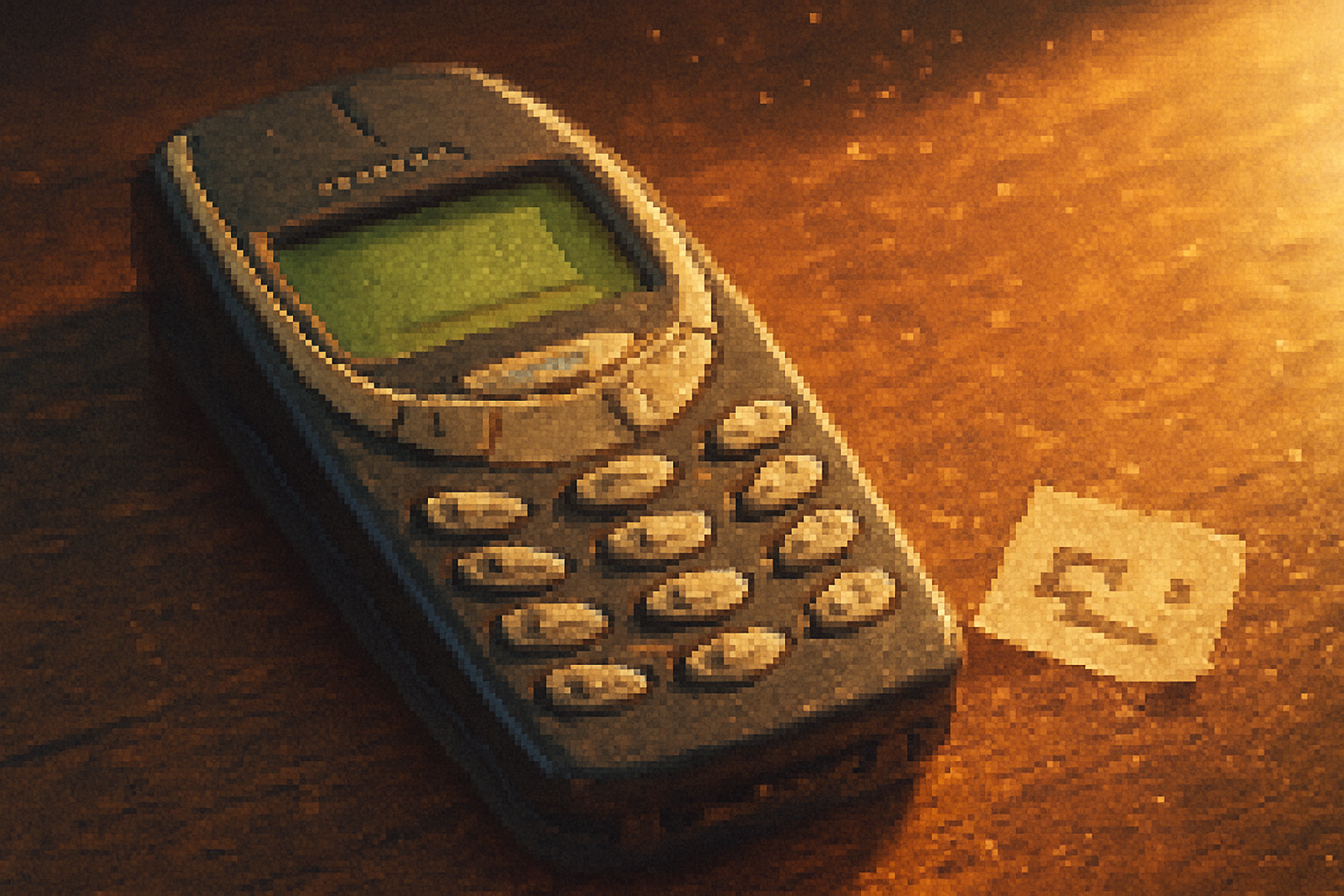· culture · 7 min read
The Fax Machine Diaries: Tales from the Last Paper Trail
A nostalgic and humorous look at the stubbornly persistent fax machine: its history, why it survived the digital onslaught, and a collection of odd, touching, and absurd anecdotes from offices where paper still ruled the day.

Introduction
There are technologies that quietly retire, and then there are technologies that keep turning out copies at 3 a.m., unbothered by obsolescence. The fax machine is the latter: part relic, part workhorse, and entirely capable of producing some of the most bizarre artifacts of office life. This piece collects the why behind the fax’s endurance and a series of affectionate - sometimes exasperated - stories from people who lived with it.
A very brief history of the fax
The idea of transmitting images over telegraph lines dates back to the 19th century; practical fax systems were developed in the early 20th century and became common in offices by the 1970s and 80s https://en.wikipedia.org/wiki/Fax. The basic method - scanning a document, encoding it as tones sent over a phone line, and reproducing the pattern at the receiving end - is elegantly simple. For a readable explainer of how it all works, HowStuffWorks has a useful breakdown https://computer.howstuffworks.com/fax.htm.
Though email, PDFs, and secure file transfer protocols should have spelled fax’s end, it clung on in many sectors: healthcare, law, government, and parts of finance. Why? Institutional inertia, legal and regulatory acceptance of a paper-signed transmitting record, and the bureaucracy’s uncanny willingness to bet on what already exists.
Why the fax refused to die
A few factors kept the fax alive long after it stopped being cool:
- Legal and regulatory weight - In many cases a fax was considered a verifiable transmission of a signed document - easier for some organizations to rely on than emerging digital signatures.
- Interoperability - If the party at the other end had a fax, you could send them almost anything without worrying about file format compatibility or antivirus quarantines.
- Simplicity and perceived security - A phone line carrying tones felt - to some - less hackable than an email account.
- Culture - Older workers and long-established institutions often kept the tech in place because “we’ve always done it that way.”
But all that practicality created fertile ground for misadventure.
Tales from the last paper trail
Below are a handful of anecdotes collected from dozens of office lifers, clinicians, admin assistants, and one particularly patient building manager.
1) The Missing Signature (or: we will hunt your surname)
An office manager once received a crucial contract by fax. The top half printed perfectly: company letterhead, terms, even a neat signature. The bottom half was a faint blur - a ghostly suggestion of text. They called the sender and were told, proudly, “We just faxed it twice and used both copies - together they make the whole thing.” The office manager spent the afternoon taping two half-letters together like a paper mosaic, squinting for the missing clause. The contract was accepted: the signature, when aligned, was indeed legible.
Why it happened: poor line quality + cheap toner + someone who thought double-faxing was an engineering solution.
2) The Midnight Transmission (or: who scheduled a 2 a.m. price list?)
A small company that sold bespoke widgets maintained a shared fax line. Once, at 2 a.m., a 45-page price list began arriving in the common fax tray, page after page, shredding the overnight silence. The morning receptionist was greeted by a tower of paper and a sticky note from a vendor that read, “Sent again - ignore duplicate.” No one claimed responsibility for the 2 a.m. barrage. The consensus: a sleepy vendor hit “resend” while on a conference call.
Why it happened: automated retry systems and a vendor who hit the wrong button at home.
3) The Ghost Page
Some faxes arrived with faint, single diagonal lines across them - the spectral signature of a folding catastrophe. One clinic faxed lab requests, and on a winter morning a patient arrived with a copy of a lab request that was literally missing. The missing portion had been stuck inside the sending machine for two hours, warming the duct tape from a prior fix, until finally the jammed piece printed as a solitary diagonal ribbon on the next transmission. It looked like modern art.
Why it happened: paper jams, static cling, and the peculiar way faxes feed.
4) The Post-it Parenthesis
A lawyer faxed over a redlined contract. When the assistant fed the pages, a Post-it note on the top page adhered to the scanner glass. The resulting transmission included a perfect rectangular blank: an empty window in the middle of the contract where a paragraph should have been. No amount of magnification could recover the text. The sender apologized: “Ah yes, that was my lunch menu.” The contract proceeded after a polite exchange and a hand-delivered page.
Why it happened: human shortcuts and the perils of annotating physical documents.
5) The International Love Letter
A regional sales rep once mistakenly faxed a personal letter to an international client instead of the purchase order. The letter, a fifteen-line ode to the rep’s new haircut, arrived in a multilingual office where everyone found the misdirected romance hilarious. The client wrote back - by fax - with a one-sentence reply: “Great haircut. When is the meeting?” The rep forwarded the reply to HR under the subject “Unexpected sales strategy.”
Why it happened: misselected recipient from a long fax number log and charming human error.
6) The Fax That Photocopied a Fax
An estate planning firm had a venerable fax on the third floor. One day they received a printed will that had been faxed twice - first from the testator’s attorney, then from the courthouse. The double-faxed result showed a faint overlay of courthouse header stamps atop the original signature, producing a layered, almost spectral image. The judge declared it legible, the heirs reconciled, and lunch was particularly celebratory.
Why it happened: redundant systems and the comforting redundancy of paper copies.
7) The Office Gameshow: “Whose Number Is That?”
A multi-tenant building kept a public fax in the lobby for small deliveries. Every so often a page would print with no sender ID - a minimalist manifesto or a grocery list. The tenants launched a guessing game about ownership. One month a mysterious crossword puzzle printed daily. It turned out to be the janitor, who faxed his puzzles from the night desk to himself to keep awake during late shifts.
Why it happened: anonymous sends and the human desire to amuse oneself.
The rituals and etiquette of the fax
Long-standing fax users develop rituals.
- Check the confirmation sheet - the little slip that says the transmission was successful is the holy relic of fax culture.
- Keep extras of the right paper - thermal fax rolls can vanish during busy weeks.
- Respect the machine’s schedule - a loud, sputtering fax at 3 a.m. will not win you office friends.
- Always call to confirm before sending sensitive material - faxes can be misrouted, and privacy matters.
These rituals read like superstition, but they evolved to address recurring mechanical weaknesses.
What these stories teach us
Beyond the laughs and head-shakes, the fax stories reveal deeper workplace patterns:
- Institutions prefer reliable friction over risky convenience. A slow, clunky method that everyone understands often beats a fast, secure system that requires training.
- Paper creates a shared physical reality. People argue over the same printed page; a fax can be put in someone’s hand in a way an email can’t.
- Humor is a unit of office resilience. Many of the anecdotes end in camaraderie, not blame.
The last paper trail: nostalgia and practicality
For younger workers the fax is a punchline; for many older ones it was a daily partner. If you’ve ever stood beside a machine as it hissed and printed, you know the mixture of frustration and small triumph when the right page emerges. Those tangible moments - the crumpled confirmation slip, the taped-together contract, the ghostly diagonal line - are part of a distinct office folklore.
Even as organizations finally retire their last machines, these stories will survive as the odd little artifacts of a transitional era. They remind us that technology is as much about people and their habits as it is about protocols and standards.
Closing anecdote: the building manager who loved faxes
A building manager kept a small, battered fax in the lobby because tenants insisted. On his retirement, they gifted him a handmade book: each page was a copy of a memorable fax they’d received over his 27 years - everything from parking tickets to proposal printouts to the occasional international love letter. The book was, in his words, “the one good paper I’ll keep.”
References
- History and overview of fax technology: Wikipedia
- How fax machines work: HowStuffWorks



